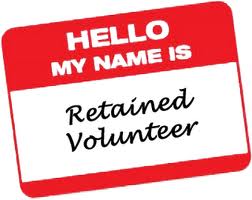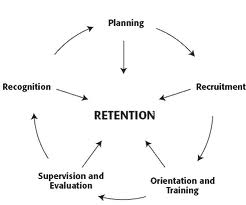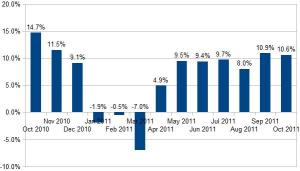 This week at DonorDreams we are talking about what it looks like to be a fundraising “LEADER”. Today, we will frame the issue using a few of Noel Tichy’s ideas around leadership. The rest of the week we will examine other points of view on the subject as well as examples of good leaders.
This week at DonorDreams we are talking about what it looks like to be a fundraising “LEADER”. Today, we will frame the issue using a few of Noel Tichy’s ideas around leadership. The rest of the week we will examine other points of view on the subject as well as examples of good leaders.
Noel Tichy is an iconic figure in the field of leadership. He has authored and co-authored the following books on this very popular subject: Control Your Destiny or Someone Else Will, The Leadership Engine, and Judgment: How Winning Leaders Make Great Calls. While it would be impossible to summarize all of what Tichy believes about leadership into this very small blog post, I believe the following key principles from chapter three of The Leadership Engine captures some of it nicely:
- Leaders accomplish their goals through the people they teach
- Leaders teach others to be leaders, not followers
- Leaders consider teaching on their primary roles
- Leaders use every opportunity to learn and to teach
- Leaders have clear ideas and values, based on knowledge and experience
- Leaders articulate those lessons to others
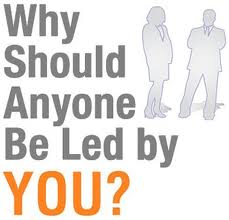 In that same chapter of the book, Tichy quotes former Honeywell CEO, Larry Bossidy, as saying:
In that same chapter of the book, Tichy quotes former Honeywell CEO, Larry Bossidy, as saying:
“How am I doing as a leader? The answer is how are the people you lead doing?”
Hmmmm . . . all of this got me thinking! If leaders teach and if leaders can be evaluated by those they lead, then would Tichy advocate that a non-profit and fundraising leader be evaluated through a “donor lens”?
After some careful consideration, I think Tichy would probably agree and I think the following questions can shed lots of light on whether you are leading or just raising money:
- Do your donors know what the goals of your agency are?
- Do you know what your key donors’ personal goals are with regards to their philanthropy?
- In your efforts to cultivate new prospective donors, do you teach them what to expect as a donor to your agency and how to engage your organization in being accountable to them and their fellow donors?
- Do your donors know what your agency’s values are? Do they see and echo your edge and emotional energy around your mission?
- Do your donors enthusiastically go out into the community and teach others about your mission and enlist the support of new prospective donors?
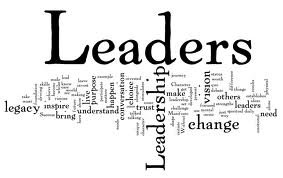 If you can answer ‘YES’ to many of these questions, then congratulations . . . “You very well might be a fundraising leader.” If you fall a little short, then there might be a little bit of work for you to do.
If you can answer ‘YES’ to many of these questions, then congratulations . . . “You very well might be a fundraising leader.” If you fall a little short, then there might be a little bit of work for you to do.
And what does this work look like? Well, I’m happy to say it is probably something you should fold into your existing donor stewardship efforts (e.g. focus groups, donor surveys, stewardship receptions with a mission-focus, engaging donors in prospect cultivation efforts, etc).
How do you propose we take measure of whether or not you and your agency are non-profit and fundraising leaders? Does it even matter to you or do you think it is more important to just focus on fundraising outputs (e.g. cash raised, goals attained, etc)? Are you trying to create what Tichy refers to as a “virtuous teaching cycle” with your donors? If so, what does that look like?
Please scroll down and share your thoughts on some of these questions in the comment box because we can all learn from each other.
Here’s to your health!
Erik Anderson
Founder & President, The Healthy Non-Profit LLC
www.thehealthynonprofit.com
erik@thehealthynonprofit.com
http://twitter.com/#!/eanderson847
http://www.facebook.com/eanderson847
http://www.linkedin.com/in/erikanderson847












